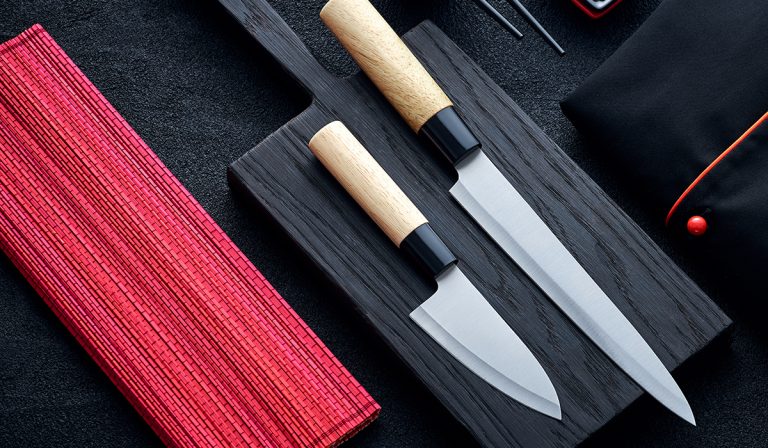
- Published: July 8, 2025 10:18 PM (JST)
- Last Updated: July 8, 2025 10:24 PM (JST)
Why Japanese Kitchen Knives Are Loved Worldwide: How to Buy the Best Blade for You
JapanGoodsHub is your trusted gateway to authentic Japanese products, including kitchenware, otaku collectibles, and traditional crafts.
We carefully select and recommend products with your convenience and interests in mind.
Product Guide Categories
Keyword Search
Why Japanese kitchen knives captivate cooks around the world
As someone born and raised in Tokyo, I’ve watched generations of artisans forge blades that are as much works of art as they are essential tools. Japanese kitchen knives aren’t just about cutting — they represent centuries of craftsmanship, balance, and an almost spiritual relationship between cook and blade. That’s why chefs and home cooks globally are drawn to them, seeking that unmistakable sharpness and precision you can’t easily find elsewhere.
This guide isn’t just my perspective; it draws from countless real-world experiences of people buying, using, and cherishing these knives. Whether you’re after a sleek gyuto for meat or a nimble santoku for vegetables, I’ll walk you through where to buy, what to watch out for, and how to make your investment last.
Where to buy your Japanese kitchen knife
Amazon.com
Amazon makes buying a Japanese kitchen knife incredibly convenient. From top brands like Shun to more budget-friendly options, you’ll find a vast range along with helpful reviews that reveal how these knives hold up in real kitchens.
eBay
eBay is a treasure trove if you’re hunting for vintage or rare blades. Many buyers have found old, beautifully aged knives that carry stories of kitchens past. Just be sure to check seller reputations and item photos carefully.
ZenMarket
Want to shop directly from Japan’s local stores without leaving your living room? ZenMarket is a Japanese proxy service that helps you buy knives from domestic shops and have them shipped worldwide. It opens doors to authentic brands and styles that rarely leave Japan.
Want a step-by-step guide? Read our detailed article on how to use ZenMarket here.
Buyee
Buyee works similarly, letting you purchase from Japanese marketplaces and auctions, then forwarding items internationally. It’s a favorite among those looking for competitive deals on high-quality blades or even discontinued lines.
Need more help? Check out our complete guide on buying through Buyee here.
Pros of owning a Japanese kitchen knife
- Incredible sharpness and edge retention — many buyers mention that even a quick swipe on a whetstone brings their knife back to razor form.
- Lightweight, making intricate cuts or long prep sessions less tiring.
- Aesthetics: from wa-style octagonal handles to layered damascus patterns, these knives are simply beautiful.
- Accessible through global platforms like Amazon or direct from Japan via ZenMarket and Buyee.
- Brands like MAC are often praised as top value for quality stainless steel that resists staining and holds an edge well.
Cons and things to consider
- Some cooks still prefer German knives for all-around durability and cost, noting Japanese knives can chip under rough use.
- Traditional carbon steel models require diligent drying and oiling to prevent rust.
- Prices can surprise newcomers; many “handcrafted” models easily exceed $200.
- Handles may differ: wa-handles (octagonal or D-shape) can feel unusual if you’re used to Western grips.
Tips for buying and maintaining your knife
If you’re investing in a quality blade, treat it with care. Use a flat whetstone for sharpening and consider practicing the marker technique to ensure you’re honing the bevel evenly. Always wash and dry by hand — never in a dishwasher — and a light coat of mineral oil will protect carbon steel from rust.
Finally, do your homework on brands and steel types. Japanese knives range from rustic Tosa styles to ultra-refined blades from Takefu village, each with its own charm and quirks.
Conclusion
Owning a Japanese kitchen knife is about more than just slicing — it’s about appreciating craftsmanship that’s been honed over generations. I hope this guide helps you find a knife that feels like an extension of your own hand. Happy cooking, and may your cuts always be clean and confident.
Further reading
written by
A Tokyo native with a lifelong passion for Japanese craftsmanship. Takeshi specializes in traditional knives, ceramics, and fine woodwork. His writing combines deep respect for artisans with detailed insights, making even casual readers appreciate the beauty behind every handcrafted piece.
More Articles in This Category
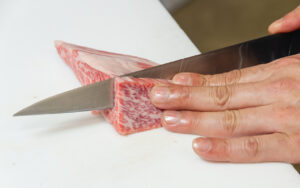
Best Japanese Knife for Meat: A Complete Guide From a Tokyo Crafts Lover
- Japanese Kitchen & Tableware
- Japanese knives
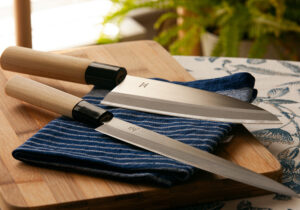
Best Gyuto Knife for Sushi: Where to Buy and What to Know Before You Cut
- Japanese Kitchen & Tableware
- Japanese knives
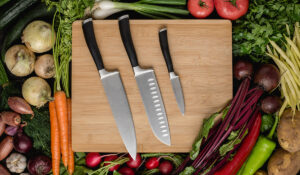
Best Santoku Knives for Vegetables: A Japanese Buyer’s Guide
- Japanese Kitchen & Tableware
- Japanese knives
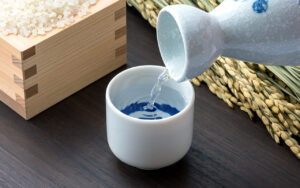
Personalized Engraved Sake Set: How to Buy Directly from Japan
- Japanese Snacks & Drinks
- Sake sets
- Sake & umeshu
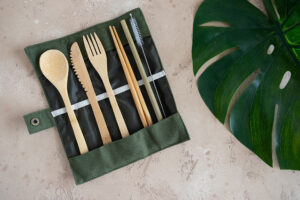
Reusable Travel Chopsticks Kits from Japan: A Gentle Guide
- Japanese Kitchen & Tableware
- Chopsticks & rests
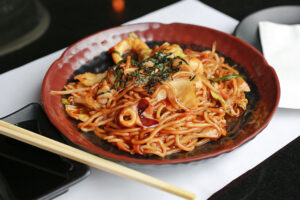
Ceramic Teppanyaki Plates from Japan: A Friendly Guide to Buying & Using
- Japanese Kitchen & Tableware
- Griddles & Specialty Pans

Best Tea Sets with Bamboo Trays from Japan: A Buyer’s Guide
- Japanese Kitchen & Tableware
- Tea sets

Luxury Sake Set Gift Box from Japan: Where to Buy & What to Know
- Japanese Kitchen & Tableware
- Sake sets
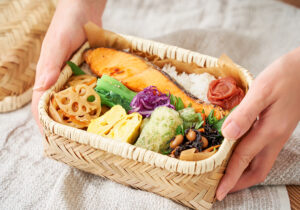
Eco Bamboo Bento with Strap: Why Everyone’s Buying These from Japan
- Japanese Kitchen & Tableware
- Bento boxes
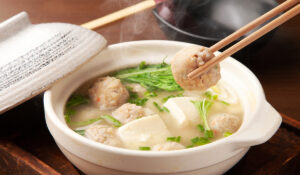
Best Places to Buy a Small Personal Donabe from Japan
- Japanese Kitchen & Tableware
- Donabe & earthenware pots